5 Different Types of Sod (With Pictures)
-
Codee Chessher
- Last updated:
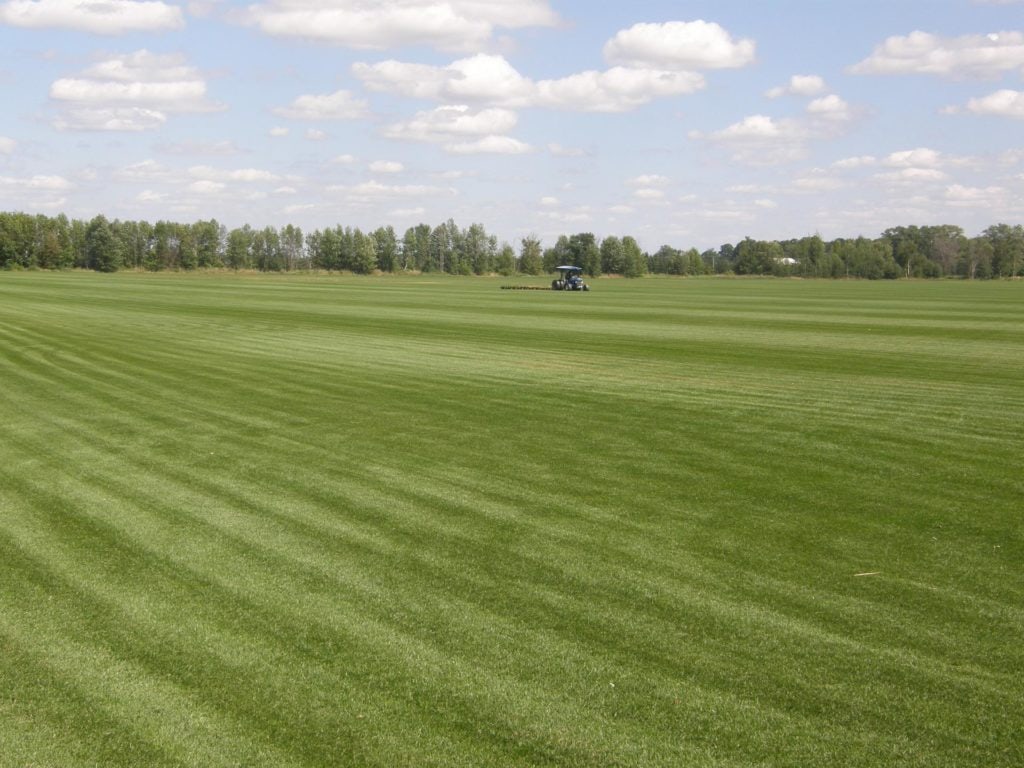
Sod, also known as turf, is pre-grown grass held together with the root system by either soil or another biodegradable medium. Sod is commonly used to enhance residential and commercial areas, where it’s more useful than growing a whole lawn from seed. Most people are probably familiar with golf courses, which use a lot of sod. With sod, you can instantly revitalize any area. Let’s check out some of the most popular types of sod.
How to Decide Which Sod Is Right for You
Sod is widely used for golf courses, residential lawns, commercial landscapes, and virtually anywhere that could benefit from grass. Sod makes uniformly covering an area with grass simple and is much easier than growing grass from seed.
The ideal sod for you depends on a host of factors. Let’s check out what to consider when choosing sod for your landscaping project.
- How much sun your area gets
- How much rainfall your area gets
- Whether the area gets a lot of shade
- Whether your area goes through periods of drought
- Type of soil, most notably whether your soil has good drainage
The 5 Different Types of Sod
1. Bermuda Grass
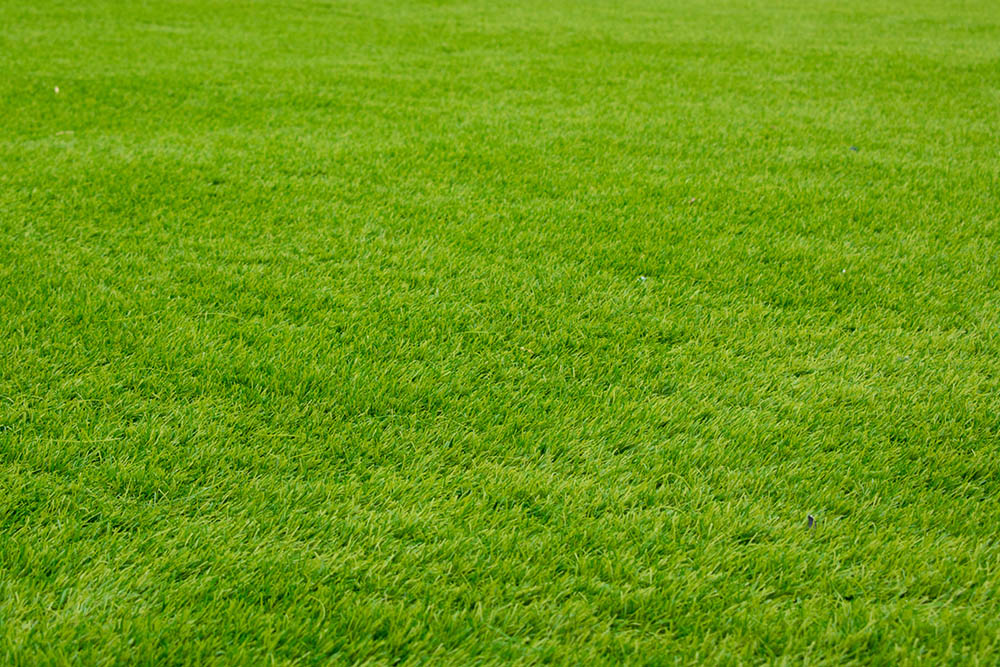
| Season: | Warm |
| Ideal soil type: | Slightly acidic |
| Shade tolerance: | Very low |
Bermuda Grass is one of the most popular grasses in the US because it’s incredibly durable and doesn’t need a lot of water. Most types of Bermuda Grass can survive solely off rain and the occasional watering, making it an ideal choice for areas that see occasional periods of drought. After heavy rain, Bermuda Grass tends to spread, so it’s great virtually anywhere.
For residential or commercial landscapes, Bermuda Grass has unparalleled durability that helps it spring back up after being trampled. For this reason, you’ll see it in areas that get lots of foot traffic. One notable con is that this grass does terribly in the shade, requiring as much sun as possible.
2. Zoysia Grass

| Season: | Warm |
| Ideal soil type: | Clay |
| Shade tolerance: | High |
Zoysia is almost exclusively sold as sod because it grows very slowly from seed. Zoysia isn’t great for traffic-heavy areas because it’s not as durable as other grasses. Zoysia grows well in shady areas, albeit a bit more slowly than other grasses. Perhaps most important to note is that there are two types of zoysia grass, both with different characteristics.
These two types of Zoysia are japonica and matrella. Japonica is most similar to your typical lawn grass and needs a moderate level of water for proper growth. Matrella, by contrast, grows into a dense green carpet of grass that’s earned it the nickname “carpet grass.” Use whichever variant is best for your area.
3. Kentucky Bluegrass
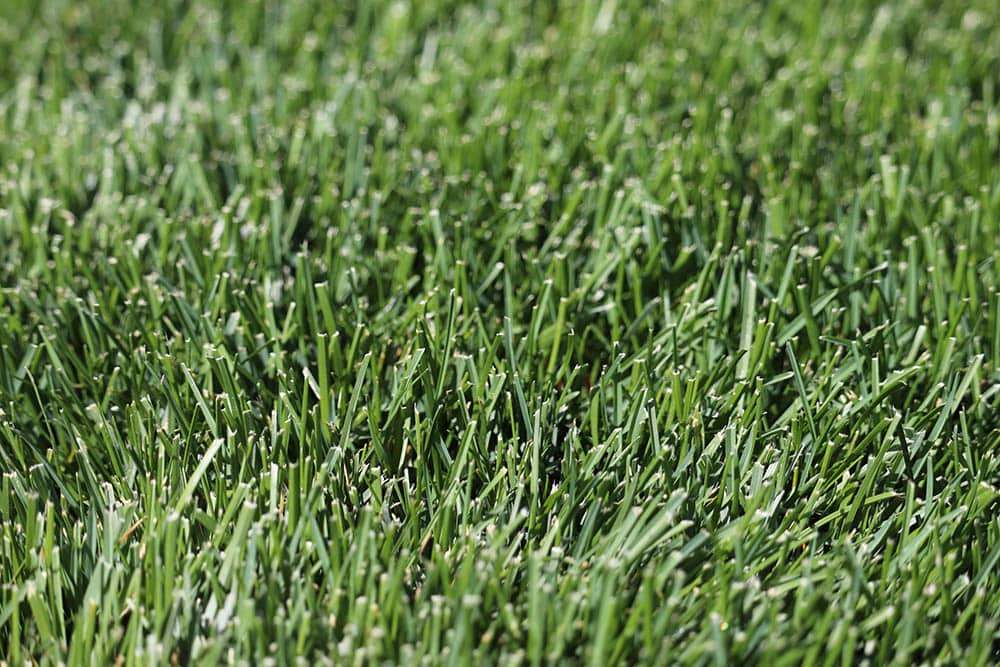
| Season: | Cool |
| Ideal soil type: | Moist & fertile |
| Shade tolerance: | Partial |
This is one of the thirstiest sod types and requires a lot of water to thrive. In drier parts of the country, this grass may require a specialized irrigation system to meet its appetite for water. Despite this, Kentucky bluegrass is drought tolerant for short periods of time. Once grown, it produces fine, deep blue-green blades. The sod gets fairly dense and may be mixed with other grasses too.
If you can provide it with enough water to thrive, this grass is perfect for any area that sees heavy foot traffic. Kentucky bluegrass is ideal for cool climates, with extraordinary tolerance for cold temperatures. If you live in the northern US, look no further for a great lawn grass.
4. St. Augustine Grass
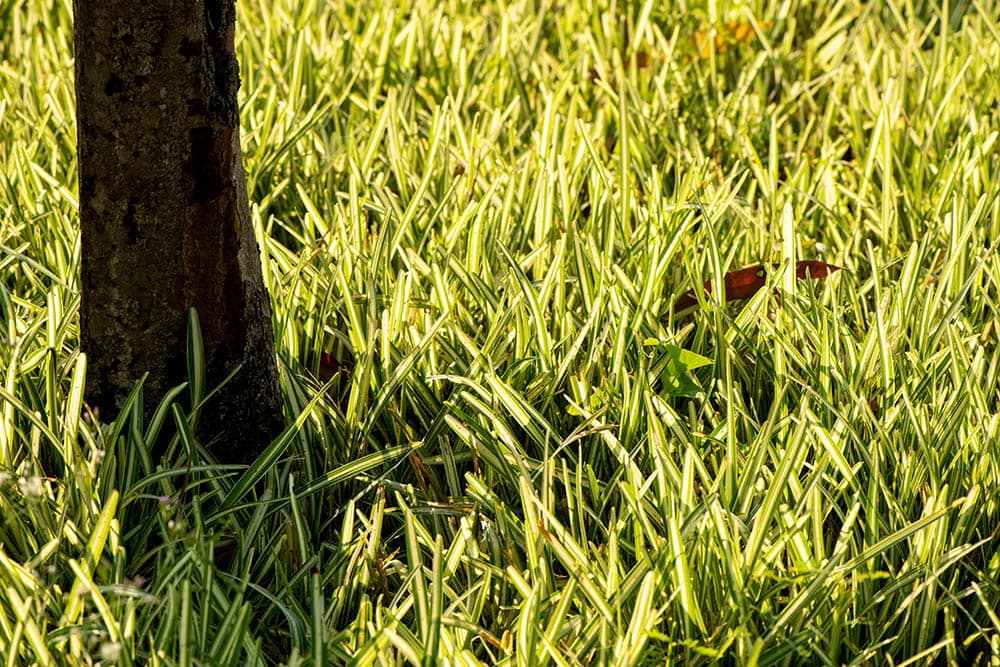
| Season: | Warm |
| Ideal soil type: | Sandy |
| Shade tolerance: | High |
St. Augustine Grass is most popular in the southern US, where it forms a thick, dense sod that keeps away weeds. With coarser and broader leaves than Zoysia, this grass grows very quickly if given enough water. Notably, this grass is very salt-tolerant, which is a big reason it’s used in coastal areas.
The thing to watch out for with this grass is drainage. If there’s not ample drainage, it might start to rot or attract insects. Unfortunately, St. Augustine Grass doesn’t do well in cold areas, and it isn’t as durable for foot traffic either.
5. Centipede Grass
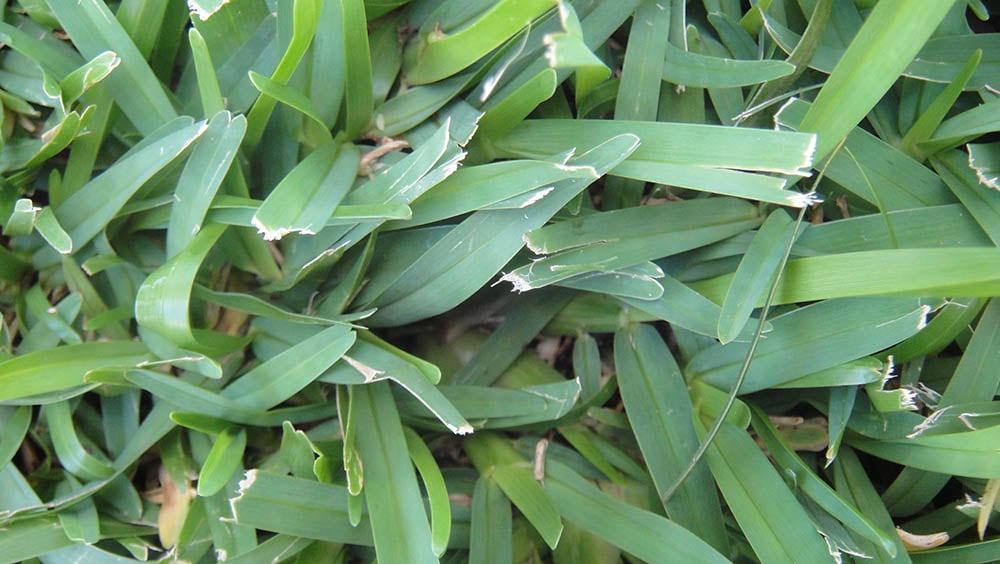
| Season: | Warm |
| Ideal soil type: | Sandy |
| Shade tolerance: | Partial |
Centipede Grass is one of the most popular types of sod available for homeowners in the southern US because it’s extremely heat-tolerant. Unfortunately, that means it doesn’t do so well in cold climates like the northern US. Given ample sun and water, this grass forms a very thick sod that’s easy to install and can withstand any amount of foot traffic.
Other than its lack of winter resistance, this sod’s most notable weakness is that it grows very slowly. Thankfully, that’s why we have sod! Skip the lengthy grow time and just have sod installed for thick, carpet-like grass.
Conclusion
Sod is the most convenient way to install grass, although different types have their varying strengths and weaknesses. To determine which sod is best for you, revisit the section above dedicated to the subject. No matter your locale, there’s a perfect sod out there for your project.
Featured Image Credit: sbj04769, Pixabay
Contents
